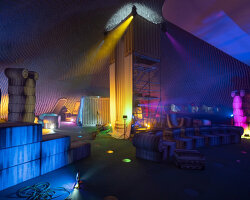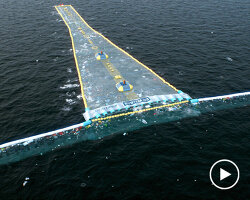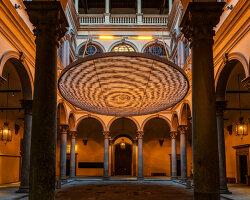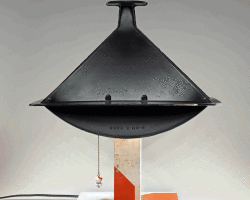KEEP UP WITH OUR DAILY AND WEEKLY NEWSLETTERS
PRODUCT LIBRARY
the apartments shift positions from floor to floor, varying between 90 sqm and 110 sqm.
the house is clad in a rusted metal skin, while the interiors evoke a unified color palette of sand and terracotta.
designing this colorful bogotá school, heatherwick studio takes influence from colombia's indigenous basket weaving.
read our interview with the japanese artist as she takes us on a visual tour of her first architectural endeavor, which she describes as 'a space of contemplation'.
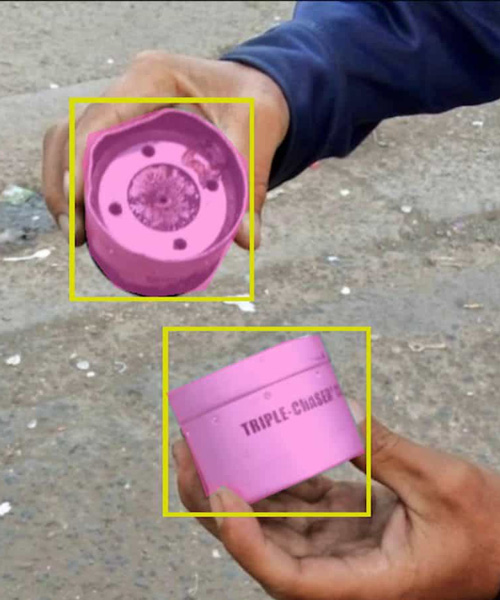
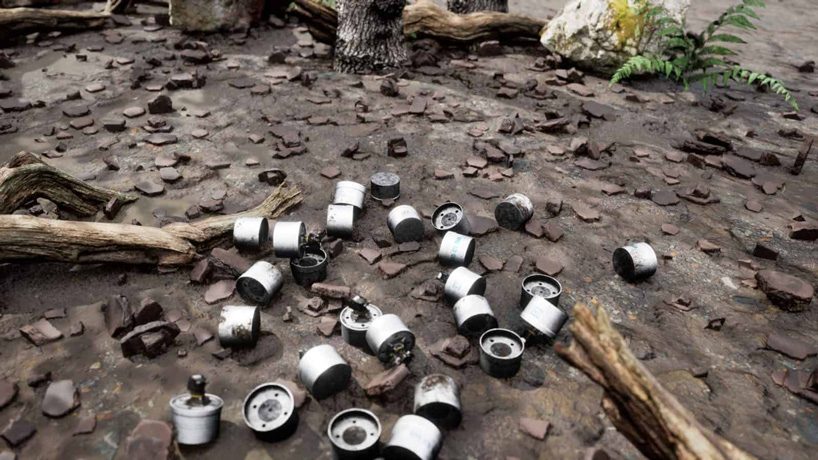 all images courtesy of forensic architecture/praxis films
all images courtesy of forensic architecture/praxis films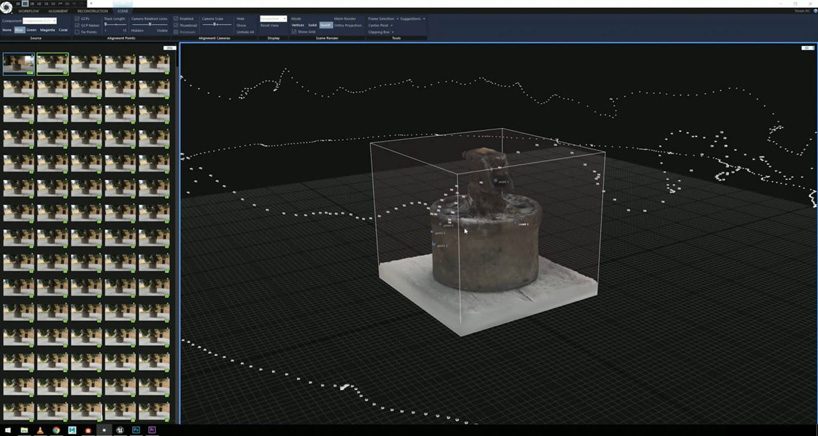 activists around the world were asked to find, and film, examples of the triple chaser grenade, which were then turned those into a precise 3D model using photogrammetry
activists around the world were asked to find, and film, examples of the triple chaser grenade, which were then turned those into a precise 3D model using photogrammetry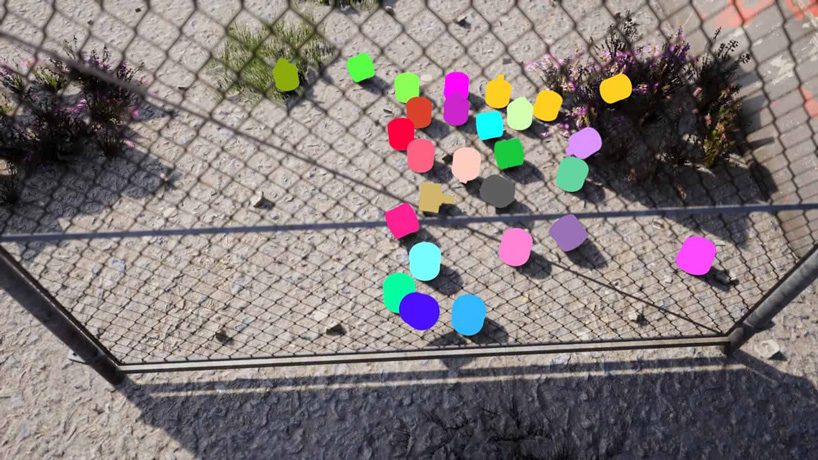 coloured ‘masks’ tell the classifier where in the image the triple-chaser grenade exists
coloured ‘masks’ tell the classifier where in the image the triple-chaser grenade exists every ‘synthetic image’ came with a corresponding ‘mask’ image
every ‘synthetic image’ came with a corresponding ‘mask’ image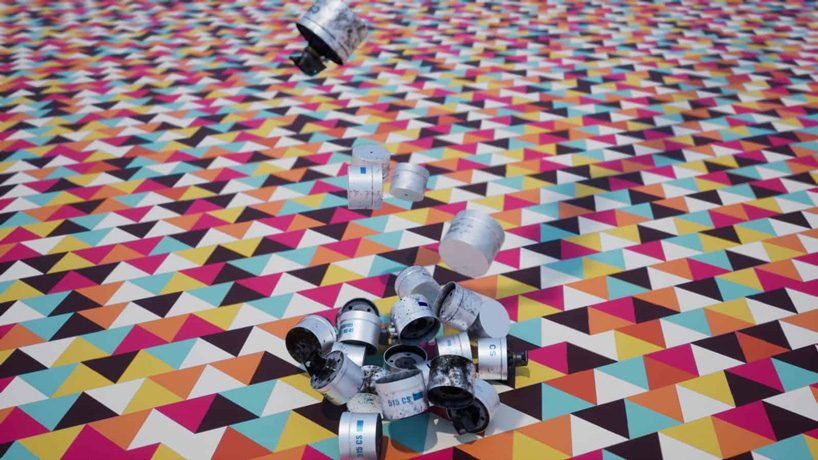 producing images of the model against bold, generic patterns improves the classifier’s ability to identify the grenade
producing images of the model against bold, generic patterns improves the classifier’s ability to identify the grenade 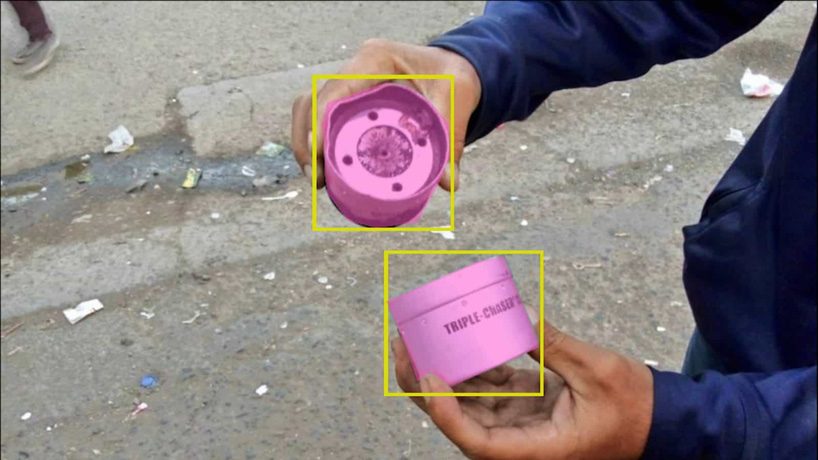 during the process of training a ‘computer vision’ classifier, bounding boxes and ‘masks’ tell the classifier where in the image the triple-chaser grenade exists
during the process of training a ‘computer vision’ classifier, bounding boxes and ‘masks’ tell the classifier where in the image the triple-chaser grenade exists
